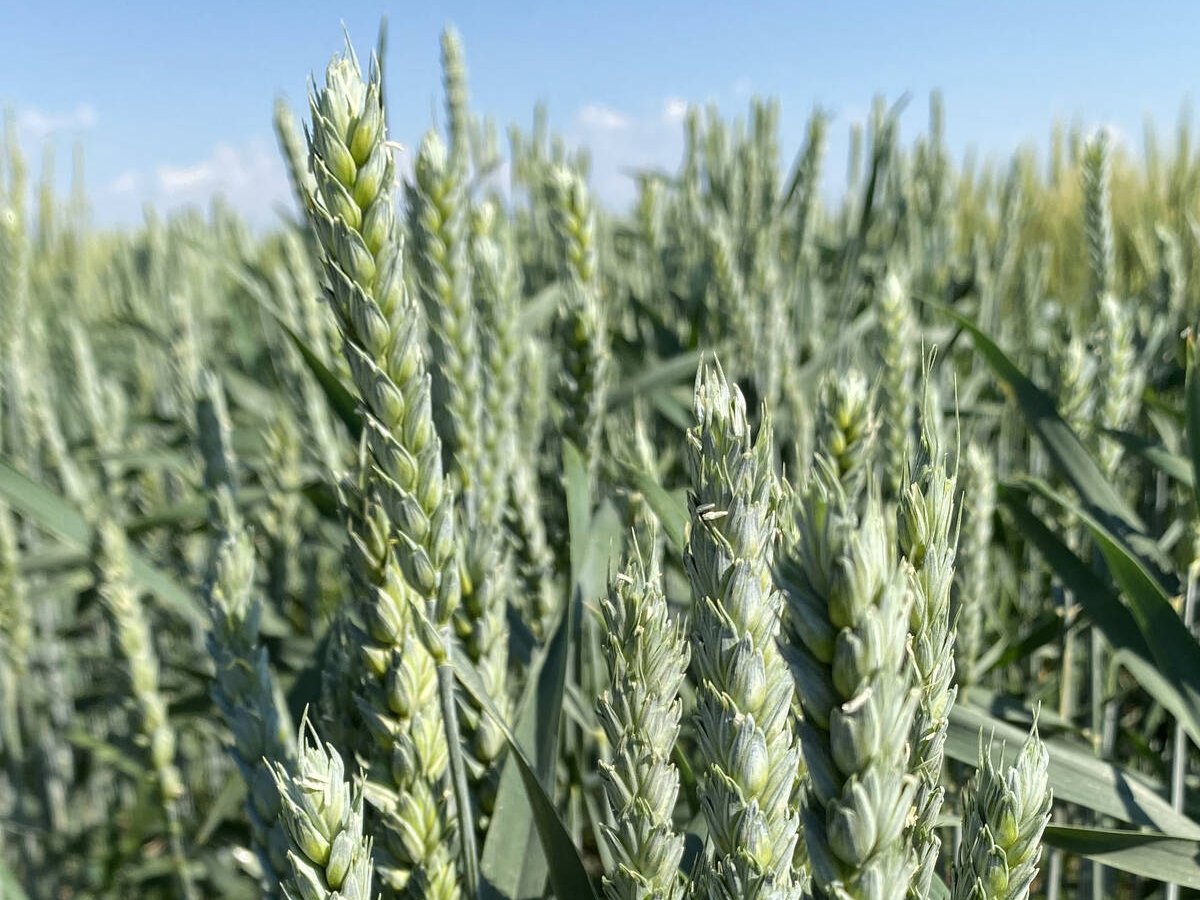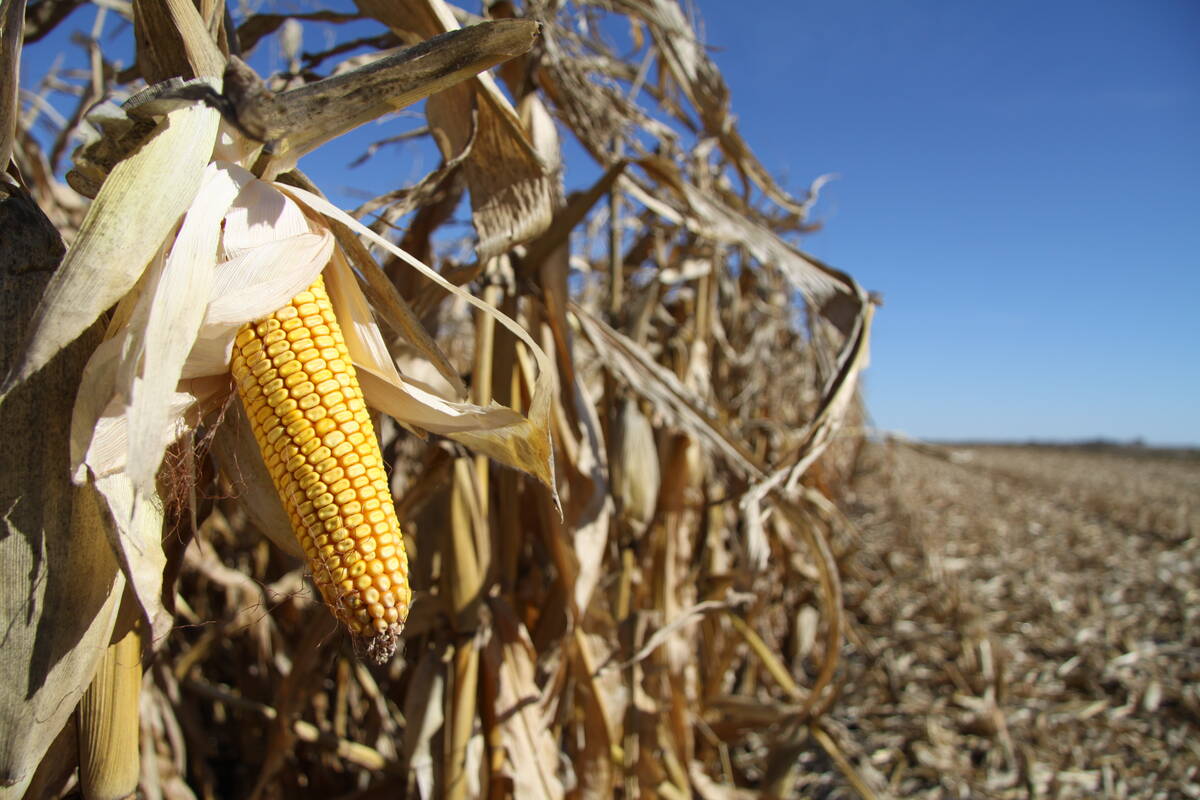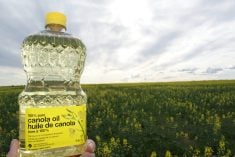SASKATOON — More than one-quarter of the world’s cereal crops will not be used for food or feed by the end of the next decade, according to the latest OECD-FAO Agricultural Outlook 2025-2034.
An estimated 27 percent will be diverted into biofuel production and other uses, according to a report prepared by the Organization for Economic Co-operation and Development (OECD) and the United Nations’ Food and Agriculture Organization.
Read Also

Discovery promises big wheat yield gain
University of Maryland researchers have discovered a gene that produces three grains per wheat floret instead of the usual one.
While wheat and rice will mainly be used for food, 37 per cent of the world’s corn crop will be consumed for biofuel and other industrial purposes by 2034. Biofuel alone will usurp 15 per cent of the global corn crop.
An estimated 52 per cent of global vegetable oil production will be used for food purposes by 2034, while 18 per cent will be used to make biomass-based diesel, according to the OECD/FAO report.
Marlene Boersch, managing partner of Mercantile Consulting Venture, wonders if another food-versus-fuel debate is on the horizon.
“I think that debate will double up the second that commodity prices recover because somewhere there is a crop problem,” she said.
That is not likely to be the case this year because global crop production appears to be sufficient, as reflected in the general trend toward falling commodity prices since mid-June.
However, that will quickly change if there’s a crop wreck in a major producing region of the world in the years to come.
“The second that happens, and people start talking about shortages, we’ll talk about the use in biofuels,” said Boersch.
Errol Anderson, author of Errol’s Commodity Wire on Substack, had a bit of a different take on the OECD/FAO forecast.
“When I hear stuff like this, in all honesty I don’t even continue reading because so much can change in an instant,” he said.
The forecast is largely based on where oil prices are heading and on government policy and both of those factors are hard to pin down.
“We can’t see six months forward,” said Anderson.
“They’re talking 10 years from now. Are you kidding me?”
The OECD/FAO acknowledged the shortcomings of its biofuel forecast, saying it comes with considerable risk and uncertainty due to the ever-changing policy landscape, shifting feedstock availability and fluctuating fossil fuel prices.
The lofty demand numbers coming from the biofuel sector in the forecast are despite a projected slowdown in the growth rate of global biofuel consumption and production during the next decade.
Both are expected to rise at a rate of 0.9 percent per year through 2035.
“This is a fifth of the pace observed in the previous decade,” stated the OECD/FAO report.
The slowdown is due to reduced policy support in developed countries and declining overall fuel use.
The International Energy Agency is forecasting that global demand for gasoline-type fuels will decline at an average annual rate of 0.8 percent over the next decade.
That is due to the increasing prevalence of electric vehicles, improvements in vehicle fuel efficiency and the impact of international competition in the petrochemical sector.
Global ethanol production is projected to increase to 155 billion litres by 2034, while biomass-based diesel production will climb to 80.9 billion litres.
Food-related feedstocks will continue to dominate despite increased scrutiny surrounding sustainability.
Corn is expected to account for 60 per cent of ethanol’s total feedstock mix by 2034, while vegetable oil will comprise 70 per cent of biomass-based diesel feedstock.
Vegetable oil consumption by the biofuel sector is expected to grow at a pace of 0.7 per cent per year over the next decade, compared to 7.7 percent per year over the previous decade when government support policies took effect.
















